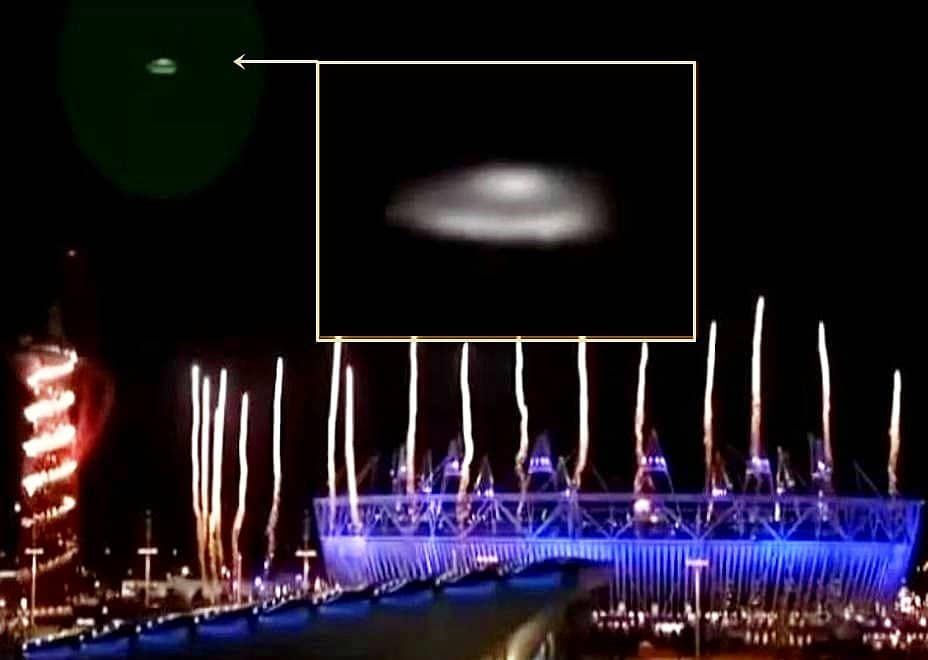Paranormal cases have always intrigued humanity. With technological advancements, our ways of investigating and understanding these mysteries have evolved, allowing for more detailed analysis and broader dissemination through popular culture and digital media.
The Enduring Fascination with the Paranormal
Each new report of UFOs, ghost sightings, or unknown creatures rekindles public curiosity, fueling a mix of skepticism and fascination.
These phenomena, whether real, exaggerated, or mere products of the imagination, have become embedded in our social fabric, influencing everything from movies and TV to literature and digital media. Thus, the paranormal remains a topic of constant relevance, sparking interest and debate in equal measure.
Consequently, by reviewing past cases and examining new reports, one can see how perceptions and interpretations of the paranormal have evolved, reflecting changes in society and the technological tools at our disposal.
This ongoing fascination not only speaks to our attraction to the unknown but also to a deep human desire to explore and understand phenomena that extend beyond ordinary explanation.
Unexplained Phenomena: Recent Reports and Discoveries
Technology and Tradition: A New Approach in Paranormal Case Investigation
Since 2012, technology has revolutionized how paranormal phenomena are investigated and documented. The use of high-definition cameras, remote sensors and analytical software has enabled researchers to capture and study data with unprecedented precision.
This progress has clarified some old cases and provided the tools to approach new mysteries with a more scientific focus.
Recently, cases that have captured global attention have emerged. For example, ongoing UFO sightings reported by seasoned pilots and confirmed by military videos have prompted the U.S. government to adopt a more open stance on studying these phenomena.
These developments not only reaffirm the presence of the unexplained in our skies but also promote a more serious and destigmatized dialogue on the subject.
On the other hand, the digitization of archives and global access to databases have allowed previously unknown or considered urban legends to gain new life and be analyzed under a critical light.
Reevaluating past evidence with current technologies has led to surprising solutions for many mysteries once thought paranormal, showing that many phenomena can have natural explanations or be misinterpretations of ordinary events.
Moreover, the role of social media in spreading these phenomena has been twofold. While it has facilitated the rapid expansion of information, it has also led to the spread of misinformation, compelling those interested in the paranormal to be more critical and selective with the information they consume.
The scientific community, in turn, has responded with a renewed effort to educate the public about scientific methods and critical thinking, balancing enthusiasm for the unknown with healthy skepticism.
Cultural Influence and Digital Media
Paranormal Reflections in Contemporary Culture
The influence of media on public perception of paranormal phenomena is undeniable. Over time, films, television series, and digital platforms have played a crucial role in shaping and, in some cases, exacerbating our fascination with these mysteries.
By adapting these themes to modern times, content creators not only entertain but also create spaces for debate and speculation.
TV shows that blend science with urban legends and documentaries exploring conspiracy theories have found an audience eager for answers in the information age. These formats offer a mix of entertainment and investigation that appeals to a wide range of viewers, from the most skeptical to the most ardent believers.
Additionally, the ability of media to influence public opinion has been magnified by the rise of social media. Stories of paranormal encounters, sightings of unknown creatures and alternative theories quickly go viral, reaching global audiences within hours.
This immediacy not only amplifies the reach of these stories but also encourages more active public participation, allowing people to share their experiences and opinions instantly.
However, this impact also carries significant responsibility. The fine line between entertainment and misinformation can sometimes lead to confusion and misunderstandings.
It is crucial that content producers handle these topics carefully and strive to offer balanced perspectives that foster a deeper and more respectful understanding of the paranormal.
The Paranormal in the Information Age
The digital era has radically transformed how we approach and understand the paranormal. With unprecedented amounts of information at our fingertips, the ability to discern between fact and fiction has become more crucial than ever. This new scenario demands a balanced approach that values both curiosity and critical skepticism.
Interest in the paranormal, far from waning, has adapted to the tools and media available today. The proliferation of advanced technologies and global access to different cultures and testimonies have enriched the conversation, allowing for a more inclusive and diverse dialogue.
Yet, significant challenges have also emerged, especially regarding information verification and education on critical thinking.
The responsibility of the media and content creators is greater than ever. They must strive to offer narratives that not only capture the imagination but also promote a deeper understanding of these phenomena, balancing the allure of the mysterious with a commitment to truth.
In conclusion, as the fascination with the paranormal continues to evolve, so does our ability to investigate, interpret, and share these experiences. In an increasingly connected world, exploring the unknown offers both opportunities for wonder and challenges for our understanding of the world.





